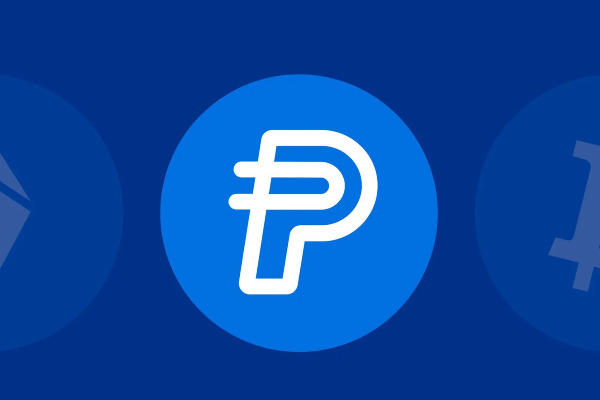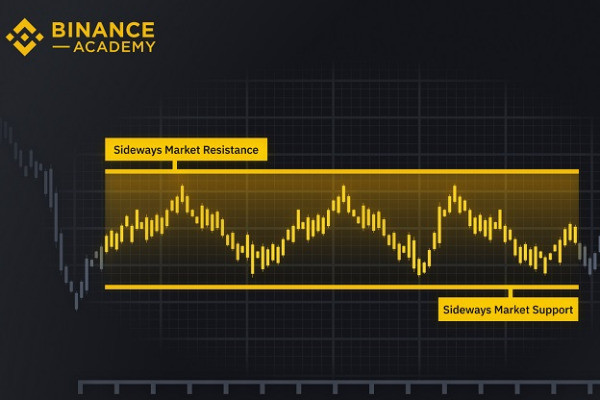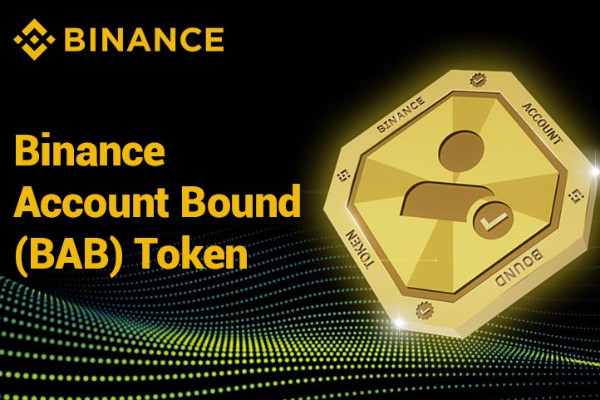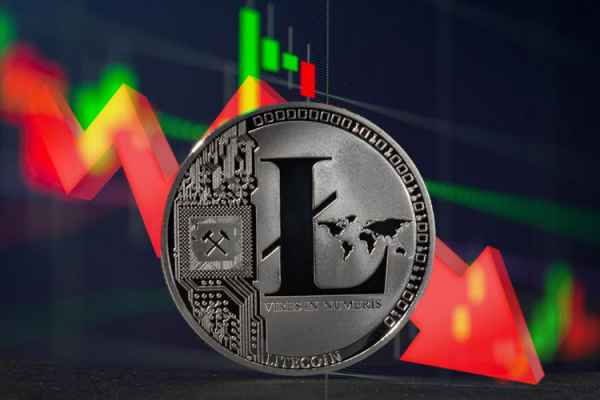Picture this situation. You need a loan at a cheap rate without any hassle such as collateral, processing fees, or even documentation. Is that an impossibility? Fear not, for that might be possible if you have some crypto-assets in your digital wallet.

As an investable asset, cryptocurrency gained quite a massive popularity in the last year. Accounting for a multi-fold increase in the investor count.
However, most cryptocurrencies are volatile in the short term. For example, the famous Bitcoin cryptocurrency had its value doubled during the first half of 2021, only to plummet by July 2021. The investors who had invested during the entire volatile period last year may have gained or lost their money. While some might be in it only for short-term gains, other investors are still in the game because they believe in the future of cryptocurrency.
For investors that want to stay invested by holding their cryptocurrency assets while spending physical currencies (such as EUR, USD, etc), there's an option called crypto loan. This lets investors hold their cryptocurrencies safe in their wallets until the value of their investment appreciates.
Crypto Loan at Glance
Crypto loan allows investors the option to borrow loans in cash or cryptos by offering their cryptocurrency assets as collateral. It enables the lender to retain ownership of the crypto asset. However, said asset that is used as collateral cannot be used for trading or transacting during the tenure of the lending period.
This option also allows crypto investors who plan to HODL (Hold On for Dear Life) their assets the ability to lend and earn interest when they aren't selling. The interest (also called crypto dividends) gained from lending crypto assets is a simple way for them to generate passive income.
The crypto loan functions similarly to loans we already know, such as a mortgage or car loan. Only this time, instead of putting your home or vehicle as collateral, you use your cryptocurrency asset to secure the loan funds.
How does it work? In cryptocurrency financing, both lenders and borrowers are connected through a third party. This third party is usually an online crypto lending platform. In this case, we have three stakeholders involved in the process of crypto lending:
- The Lenders: the ones who want to lend assets like cryptos, stablecoins, or even cash with the intent of generating passive income from their crypto investments.
- The Crypto Lending Platforms: these are third-party institutions that connect borrowers and lenders as well as take care of the relevant transactions. They can either be autonomous, decentralized or even centralized platforms. The loans offered by them can be in the form of either another digital currency or even fiat money.
- The Borrower: These are the people who want funds for varied purposes and should offer either crypto or fiat assets as collateral to secure funding.
The process of crypto lending is as follows:
- The borrower connects with the crypto lending platform and requests a crypto loan.
- The borrower offers some crypto assets as collateral for the loan.
- The crypto platform accepts the loan and attaches the collateral. The borrower will have to repay the entire loan before taking back the stakes in the offered collateral.
- The lender funds the loan through the crypto platform for the borrower.
In regards to crypto lending platforms, there are some different types of platforms that provide lending. They are:
- Manual platforms. These are the kind of platforms that require a crypto lender to manually stake (block for a certain amount of time) some specified amounts of a crypto asset before generating dividends.
- Automated platforms. In contrast to manual platforms, these are the kind of platform that gives you dividends as soon as you deposit assets in your crypto wallet.
Currently, there are five providers of crypto lending and borrowing. They are reviewed based on metrics such as fees, LTV ratios, minimum, and maximum prerequisites/requirements, as well as funding terms.
Aqru
If you are looking for a crypto loan platform that gives you a chance to make some money through holding some crypto assets, Aqru might be the place for you. They allow you to earn a 12% yield on stablecoins (like USDC and Tether). If you hold an allocation for either Bitcoin or Ethereum, Aqru will pay you 7% per year. Your deposited crypto asset will be used by Aqru to fund loans for institutional and retail clients, netting you better APY.
Aqru's minimum deposit is €100, with no stated maximum limit. Aqru also has no lock-in period for deposited assets and even offers flexible withdrawals. In terms of security and regulation, Aqru is regulated by the Republic of Lithuania, with its VASP being under Lithuanian law.
Crypto.com
Crypto.com might be more popularly known as a user-friendly exchange platform and one of the best places to spend Bitcoin. To complete its service, Crypto.com offers both crypto lending facilities and interest accounts.
To take a loan from Crypto.com, you have to put up a loan-to-value (LTV) security deposit of up to 50%. For example, if you borrow $1000, you need to deposit at least $500 as collateral. Crypto.com's APR on its loan ranges from 8-12%, depending on how many stakes you hold in Crypto.com's coin CRO. In terms of security and regulation, it has received a Tier 4 assessment from NIST Cybersecurity as well as being stress-tested by Kudelski Security.
BlockFi
BlockFi is similar to Crypto.com that it has facilities for both crypto exchange services as well as crypto lending and borrowing. BlockFi requires you to put up 50% LTV to borrow a crypto loan. However, BlockFi's APR is only 4.5%. Unlike other crypto lending and borrowing platform, BlockFi has a long repayment term, allowing better flexibility for your needs.
This company imposes no penalty if you repay your loan early, making it a good option for both starting and seasoned crypto borrowers. In terms of security and regulation, BlockFi is currently undergoing the regulatory process with the SEC. It also has been licensed by the Bermuda Monetary Authority.
Nexo
One thing that differentiates Nexo from other crypto lending and borrowing platforms is supported tokens for collateral. As a matter of fact, it supports over 30+ digital currencies when you set up your security deposit, offering maximum flexibility for your needs. This variety of supported tokens also means a varied LTV deposit for your loans. It heavily depends on whether the coin you use as collateral is more or less liquid.
The fees or APR on its crypto loans range from 0% to 13.9%. This is influenced by factors such as the term of the loan and which asset you wish to borrow. In terms of security and regulation, Nexo has been registered with FinCEN and holds Money Transmitter License in various US states.
YouHodler
One thing that makes YouHodler stand out compared to other platforms that offer crypto lending borrowing is the variety of LTVs it requires. A loan borrowed from YouHodler may require placing a security deposit from 50% up to 90%. This is because YouHodler supports over 40+ digital assets as well as a wide range of fiat currencies, with loans that can be taken in either digital tokens or fiat money.
This variation extends to the fees or APR of the loan, as it is dictated by metrics such as what token is used as collateral, what asset you choose to receive as part of the loan, as well as the length of the borrowing term. If this sounds too complicated, don't worry. YouHodler provides a simple online calculator that informs you of the specifics of each metric.
One of its notable strengths is the unlimited loan terms. In terms of security and regulation, YouHodler is an official member of the Blockchain Association and it has a 3FA security level.
Conclusion
Crypto loans in general certainly offer an option for setting up your capital that is an alternative to the usual option of traditional banking and finances. For investors, the existence of crypto lending and borrowing platforms gives them a chance to generate some passive income from crypto assets.

 Dedicated FREE FOREX VPS
Dedicated FREE FOREX VPS Free FOREX Virtual Private Server
Free FOREX Virtual Private Server MT4 Demo Contest, Get $500
MT4 Demo Contest, Get $500 Sign Up for an Account, Claim 60% Deposit Bonus
Sign Up for an Account, Claim 60% Deposit Bonus Free MT4/MT5 VPS 2024
Free MT4/MT5 VPS 2024 Send E-mail and Get Free Merchandise
Send E-mail and Get Free Merchandise $1K Refer a Friend Bonus for Pepperstone Pro clients
$1K Refer a Friend Bonus for Pepperstone Pro clients Maximize Your Earnings with 100% Deposit bonus
Maximize Your Earnings with 100% Deposit bonus Trade to Win, $5,000 Monthly Demo Contest
Trade to Win, $5,000 Monthly Demo Contest Claim 30% + 15% Deposit Bonus from LiteFinance
Claim 30% + 15% Deposit Bonus from LiteFinance






 Bitcoin
Bitcoin Ethereum
Ethereum Tether
Tether BNB
BNB Solana
Solana USDC
USDC XRP
XRP Dogecoin
Dogecoin Toncoin
Toncoin Cardano
Cardano
10 Comments
Sisi Abele
May 26 2022
How do I verify the authenticity and/or the reliability of crypto borrowing and lending services?
Bening
May 26 2022
Sisi Abele: Always check the legal status of the company operating the crypto borrowing and lending platform. You might also want to take note of any registered business at your country’s and/or any reputable country’s financial governing body, such as the SEC in the US
Adrian Wang
May 31 2022
Does crypto lending and borrowing truly does not need any collateral?
Bening
Jun 3 2022
Adrian Wang: Not really. Most crypto loan platforms do still require some form of collateral whenever you try to borrow from them. However, compared to traditional lending and borrowing services, the myriad of collateral needed by crypto lending and borrowing platforms are generally cheaper and/or less stringent
Vicky Gonzales
Jun 1 2022
Which is better, to put a fiat or a crypto asset for collateral?
Bening
Jun 4 2022
Vicky Gonzales: There’s no exact determinant of which one is better or worse. Use either in accordance to your needs and your abilities to repay any loan you take from the crypto lending and borrowing platforms
Xavier
Jun 2 2022
How much should I generally put as a collateral when I borrow from a crypto loan platform?
Bening
Jun 5 2022
Xavier: To err on the cautious side, only take a loan that requires you at most of putting 20% of the intended asset as collateral. Better yet, if you are able, compound that low collateral with long loan repayment term. It’ll make things easier for you in the long run
Nuchaela
Jun 3 2022
Is putting my asset to be loaned at crypto lending and borrowing platforms a good way to generate passive income?
Bening
Jun 6 2022
Nuchaela: While there are some possibilities of generating some passive income from your loaned assets, keep in mind not to rely too much on crypto lending and borrowing platforms alone, or at least not at only one crypto loan platform in particular. Always hedge your asset by diversifying in multiple platforms